Introduction:
As part of the ASTM standards process, the masonry heater
subcommittee is proposing a standardized fueling protocol that can be
used
for emissions, efficiency and safety testing.
A first step is to qualitatively compare a firing using
the current draft fuel crib with a firing using a typical fuel load, for
several different
sizes of heater.
The first tests were done by Lopez Labs on a 22" Heatkit
heater located near the Lopez facility in Shawville, Quebec.
The fuel was documented, and a photographic record was made
of burns with a draft ASTM crib and a normal load.
The normal load in this case was 8 pieces of sugar maple,
at 14.5% moisture, with a total weight of 65 lbs.
The test pieces for the draft ASTM fuel crib were rough
sawn 4x4's which, unfortunately, got over dried to 8%.
Summary of Results:
|
MIN
UTES
|
Normal Run, 65 lb Sugar Maple
|
ASTM Draft Fuel Crib, 4 x 4 Spruce
|
|
0
|
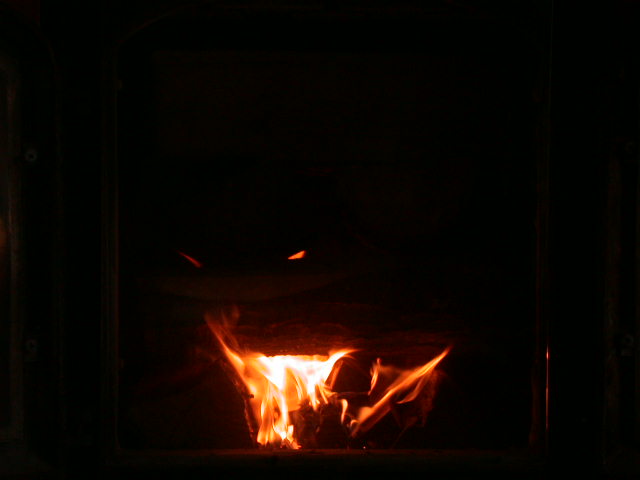 |
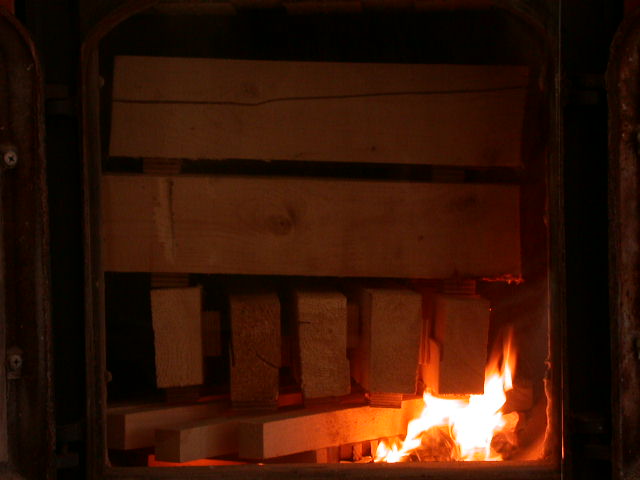 |
|
2
|
 |
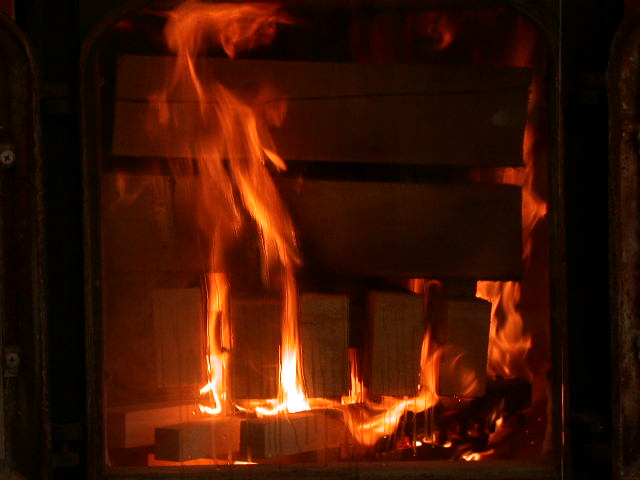 |
|
4
|
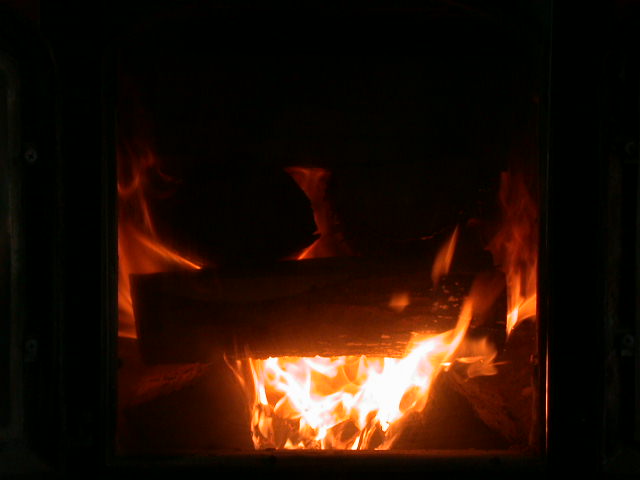 |
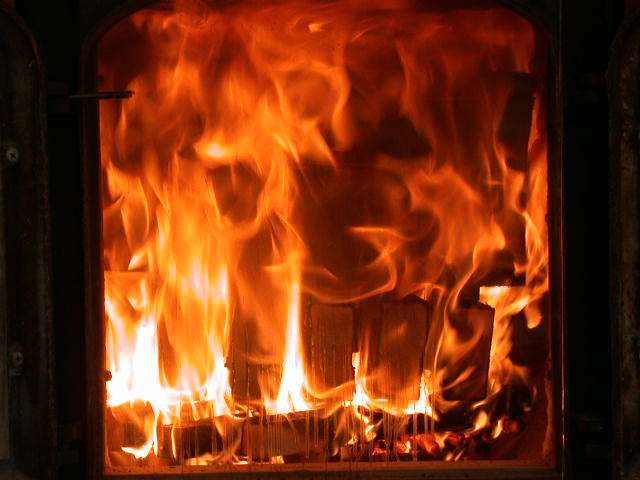 |
|
6
|
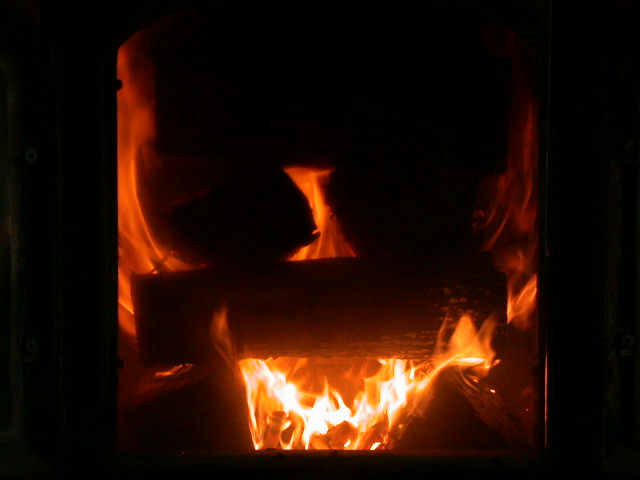 |
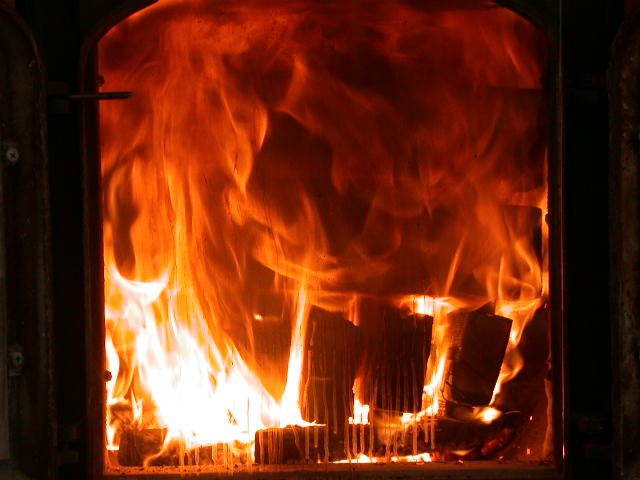 |
|
8
|
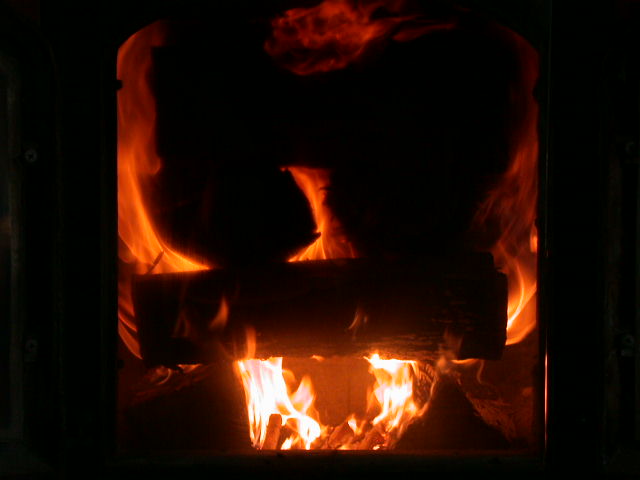 |
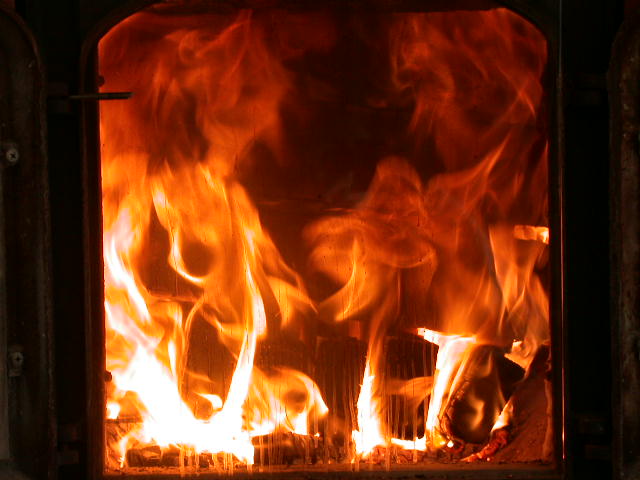 |
|
10
|
 |
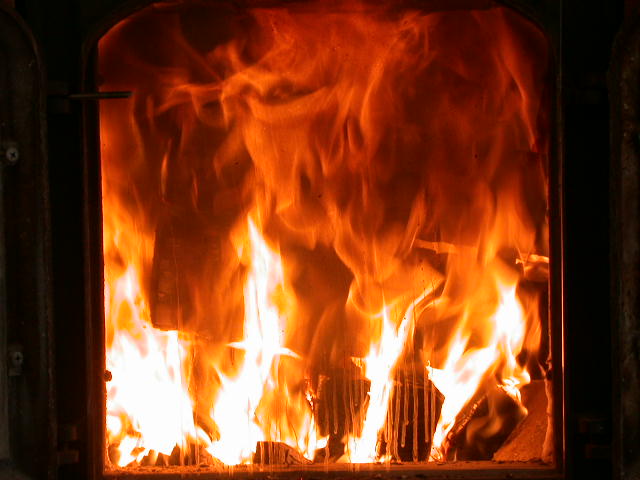 |
|
20
|
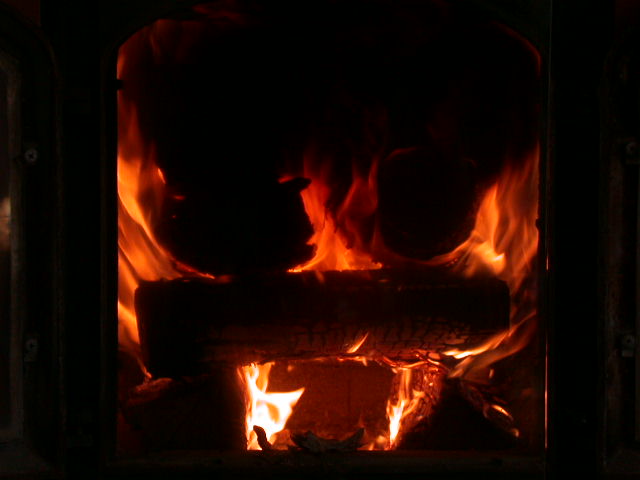 |
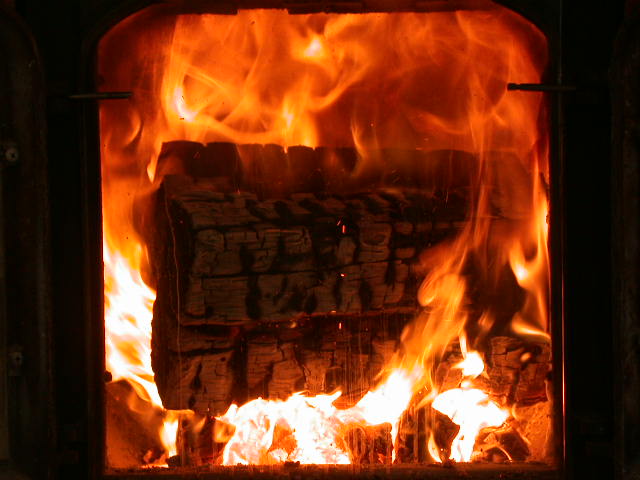 |
|
30
|
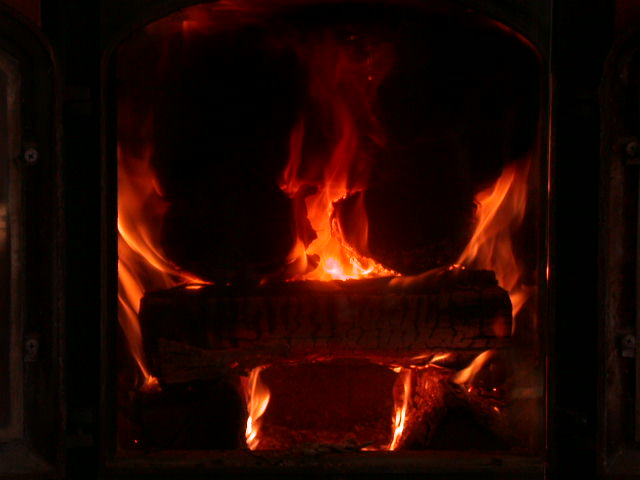 |
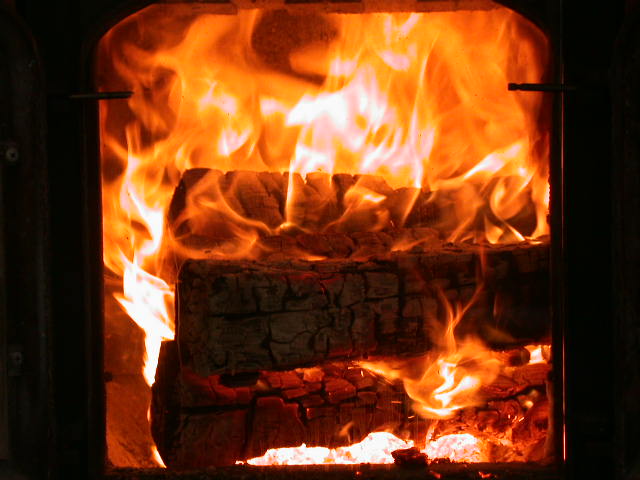 |
|
40
|
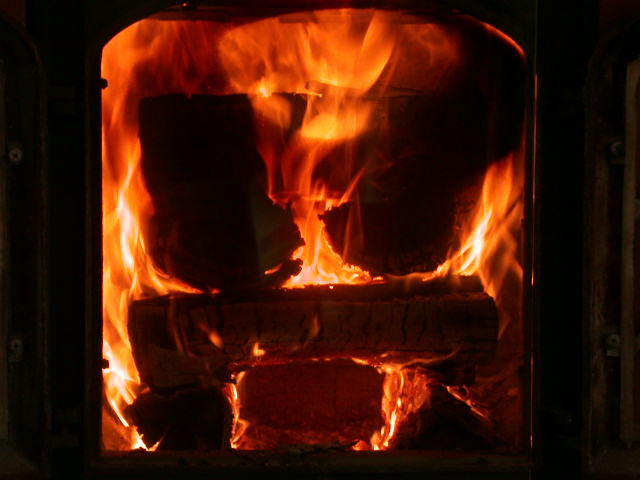 |
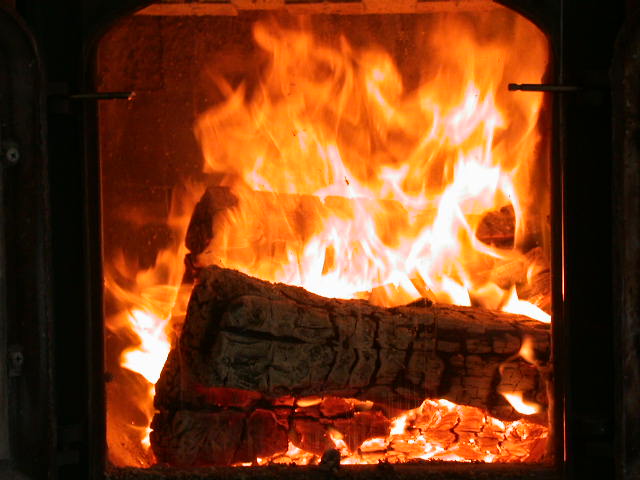 |
|
50
|
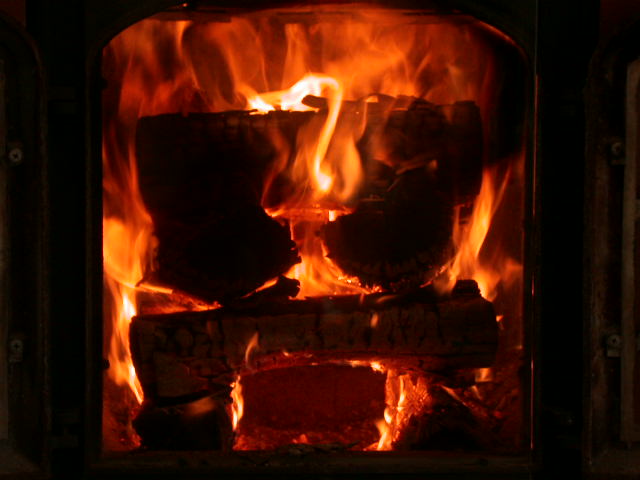 |
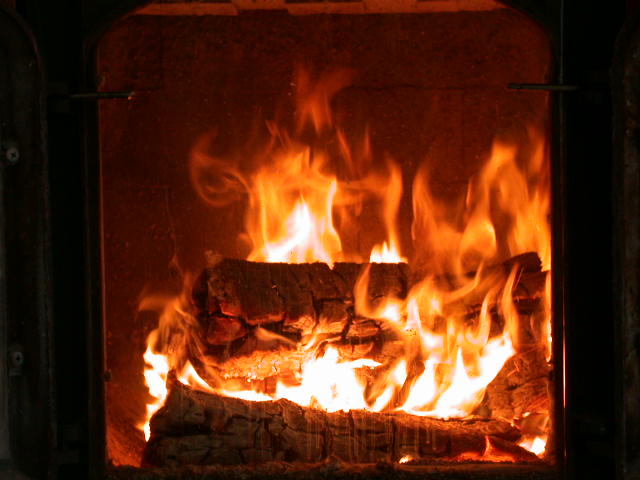 |
|
60
|
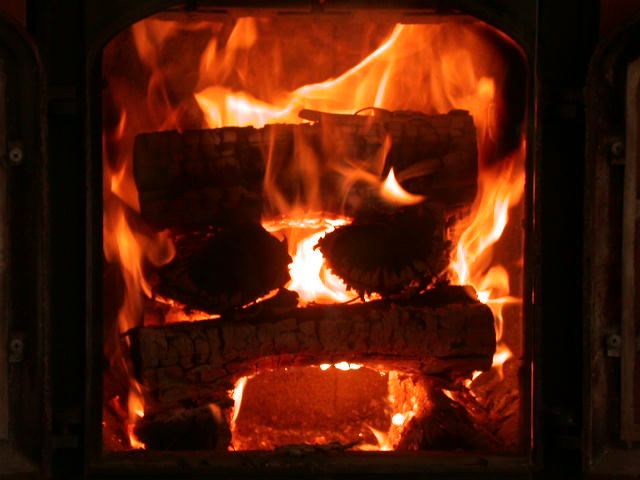 |
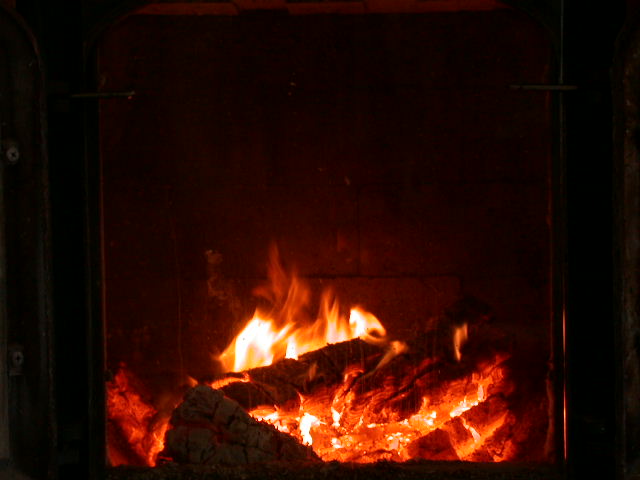 |
|
70
|
 |
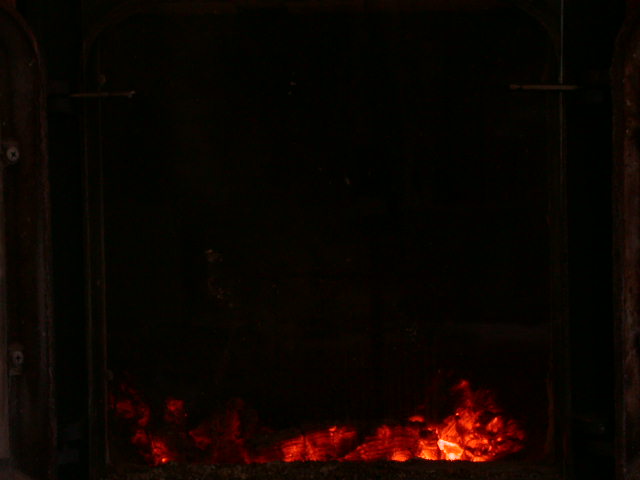 |
|
80
|
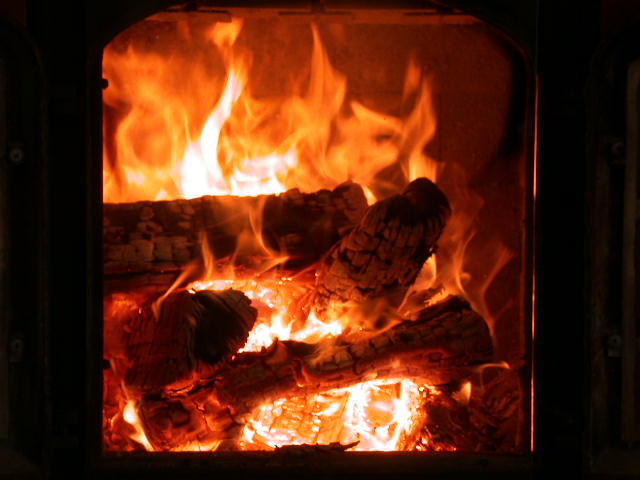 |
 |
|
90
|
 |
|
|
100
|
 |
|
|
120
|
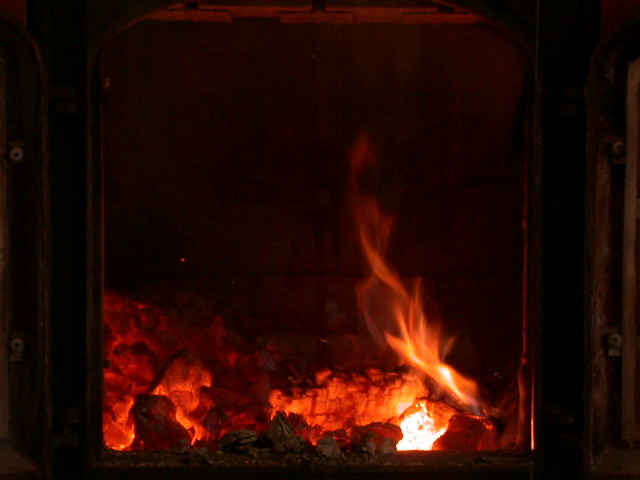 |
|
|
130
|
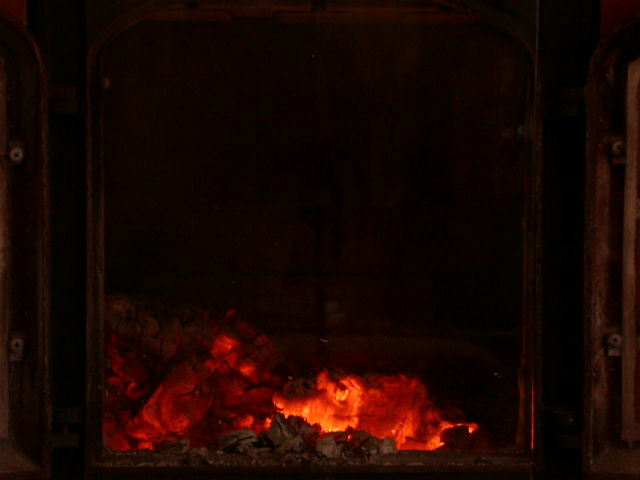 |
|
|
140
|
 |
|
|
150
|
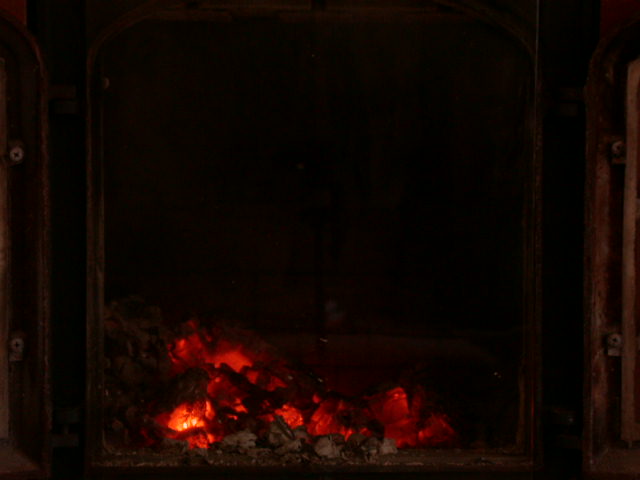 |
|
|
160
|
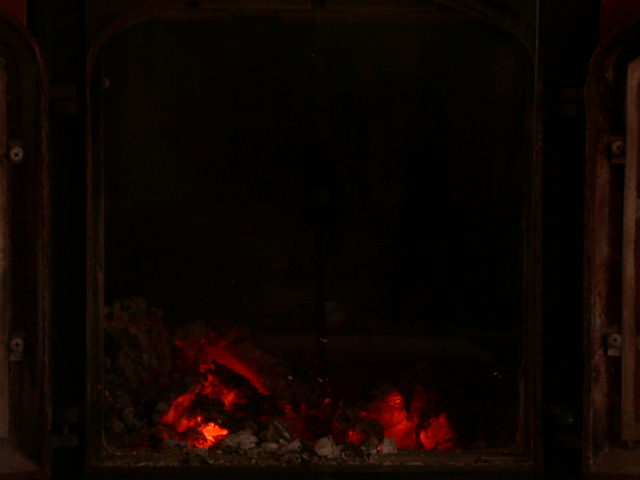
|
|
|
170
|
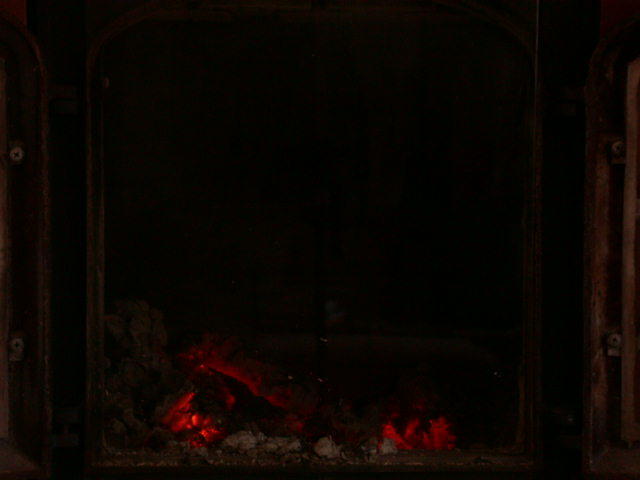 |
|
|
180
|
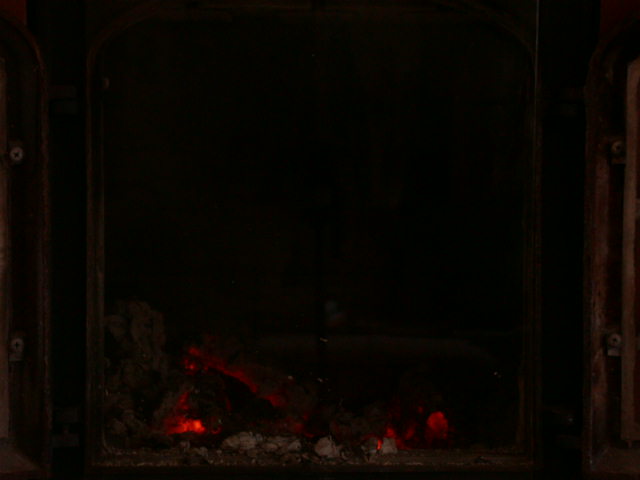 |
|
|
190
|
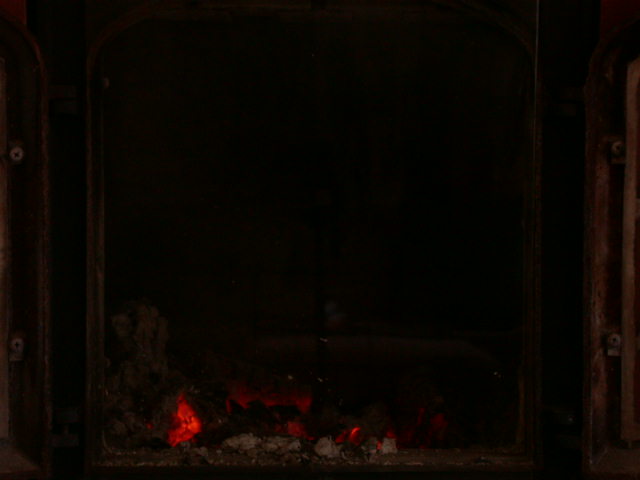 |
|
|
200
|
|
|
Fuel Crib Description:
| The fuel pieces are numbered consecutively 1 - 8 as
follows:
First row: - left to right
Second row: - back to front
Third row: - left to right
Fourth row: back to front
The weights were as follows:
1: ___8 lbs
2: ___8 lbs
3: ___6.5 lbs
4: ___10 lbs
5: ___7 lbs
6: ___8.5 lbs
7: ___8 lbs
8: ___9 lbs
Kindling was 1 lb. of poplar, plus 3 double pages of newsprint.
|
See fuel calculation below.
Total weight:
Kindling: 4.7 lb
Main load: 32.3 lb
|
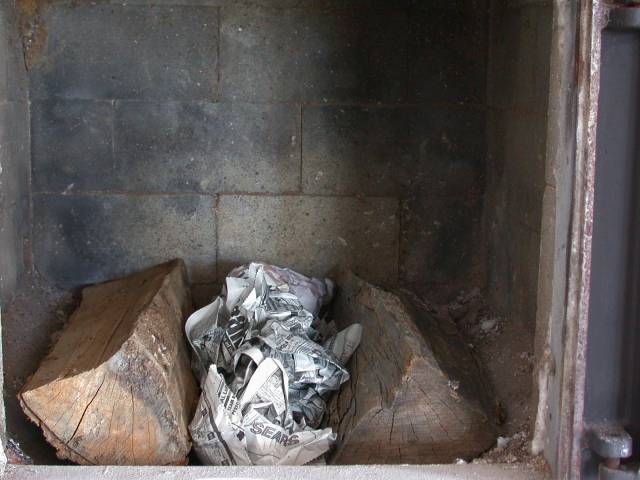 |
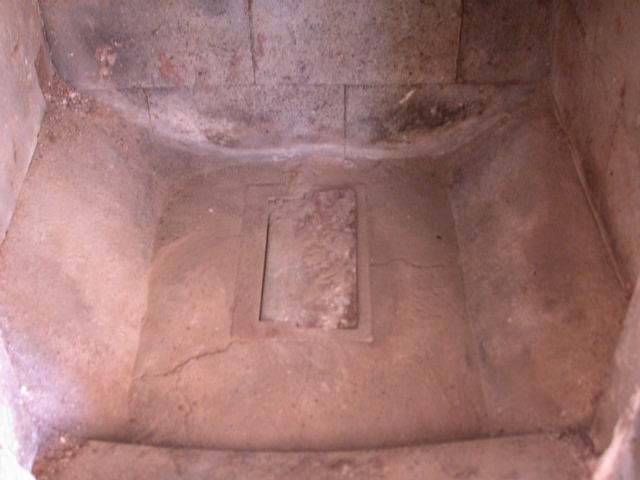 |
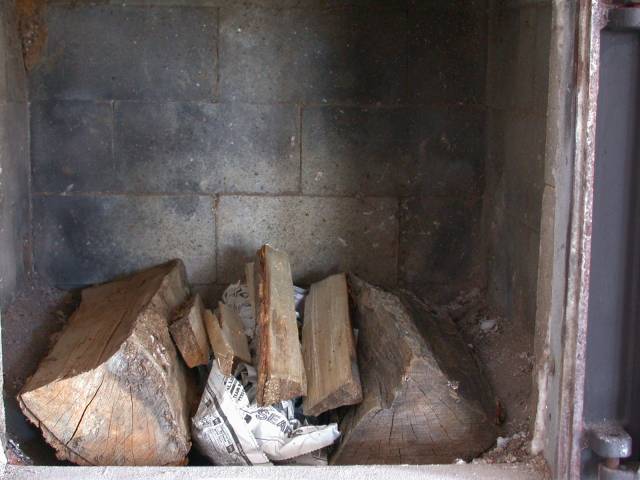 |
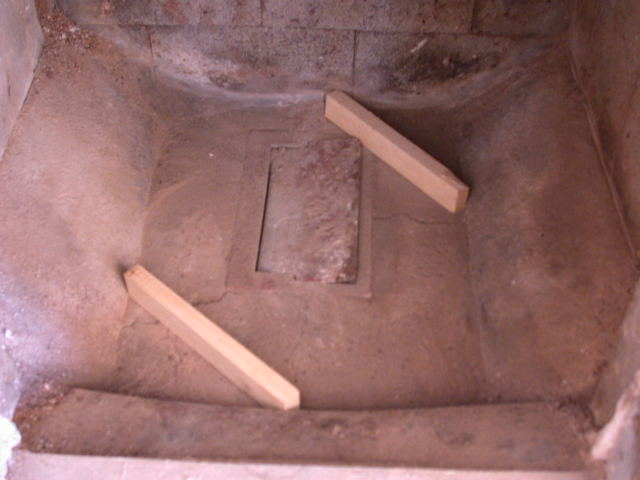 |
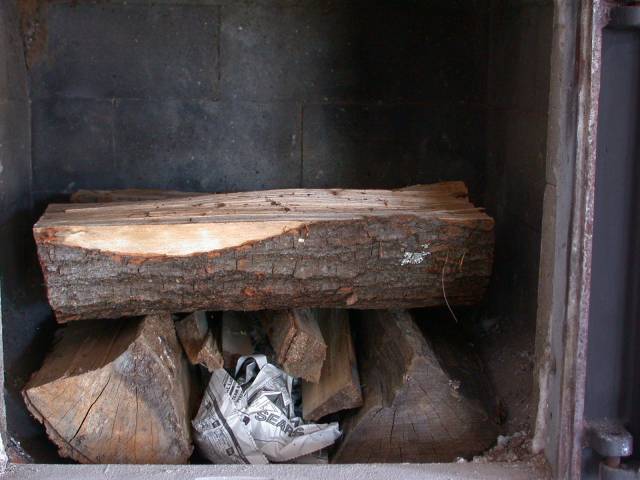 |
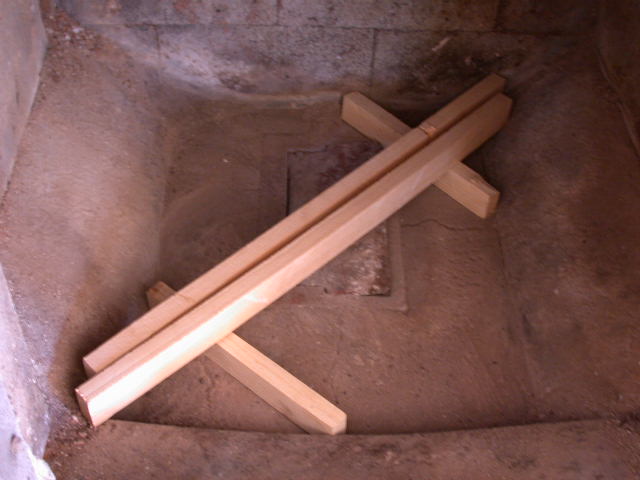 |
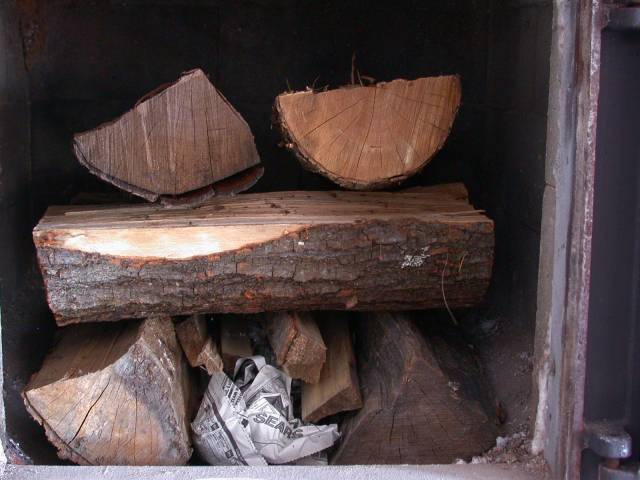 |
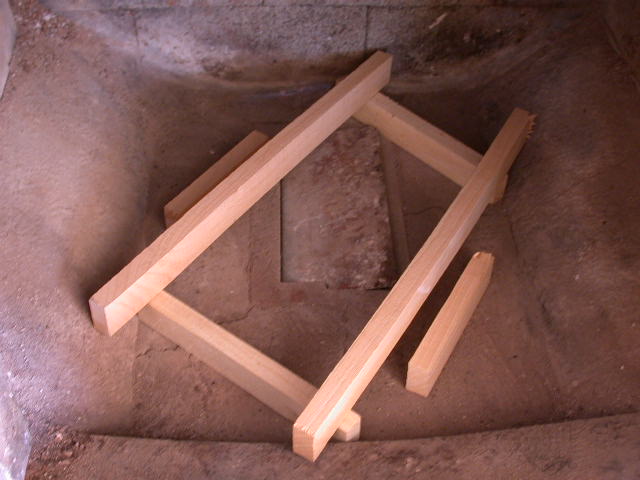 |
 |
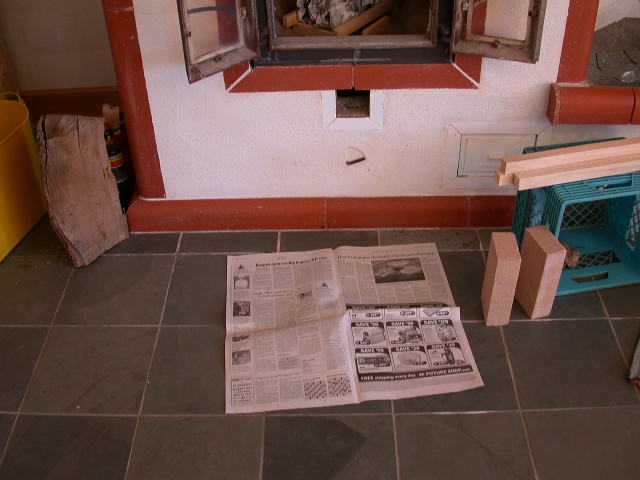 |
|
Description for ASTM draft test crib (right):
First tier of newspaper crib (.75" x 1.5" pieces) was
calculated at 8.4" (allowable minimum). Because this heater
has sloped inserts in the sides of the firebox floor, the pieces
did not quite fit on a diagonal, as specified.
Calculated second tier of .75" x 1.5" newspaper crib
requires 22" pieces. In order to make them fit, one piece was
cut as shown, above on the right.
The specified three pieces of crumpled double page newsprint did
not fit in the space provided. One piece was put in, and the other
pieces were put off to the side as shown. Once the crib was stacked,
some of them were shoved underneath, to provide an ignition path.
|
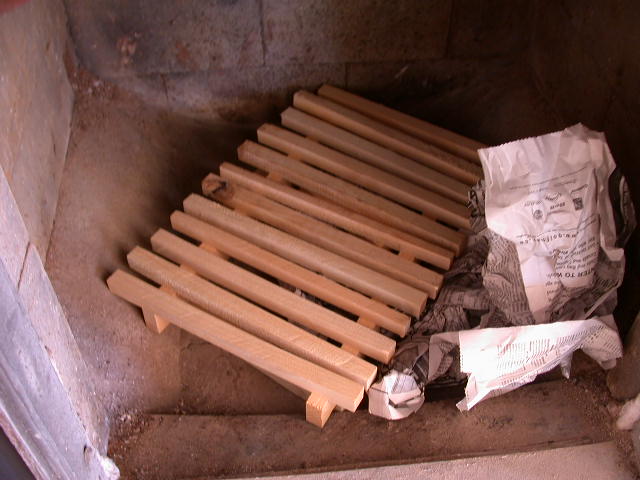 |
| Second kindling tier of 22' pieces of 1.5" x 1.5"
(2" x 2" actual). One piece was cut as shown. |
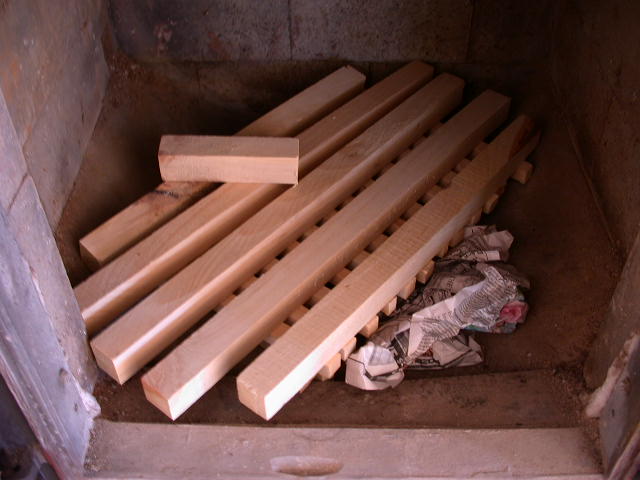 |
|
First crib tier of 1.5" x 3.5" (2" x 4" actual),
shown with .75" spacers nailed in place.
The spacers on the bottom are an error.
The specification calls for left-to-right orientation. However,
this was judged unstable, and front-to-back orientation was used
instead.
|
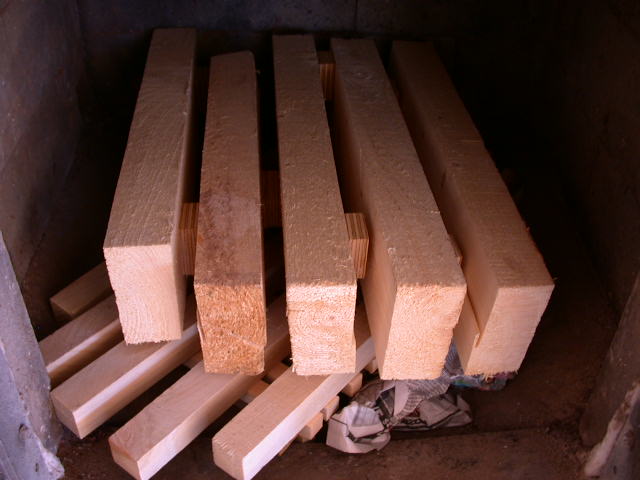 |
|
Two tiers of 3.5" x 3.5" (4" x 4" actual),
with .75" spacers.
Each tier is 3 pieces. The specification called for a third tier
of 2 pieces, but these would not fit and were not placed.
If the fuel pieces followed the specification exactly, the top
of the crib would be 2.75" lower, and a top tier would just
fit.
The fuel piece actual length was 16.75". The calculated length
was 15.38"
The main deviation from the specification was the fuel moisture,
which is supposed to be around 20%. The actual moisture was 8% for
the main pieces, and 20% for the kindling tier. The fuel was purchased
green from a local sawyer, and overdried by accident.
|
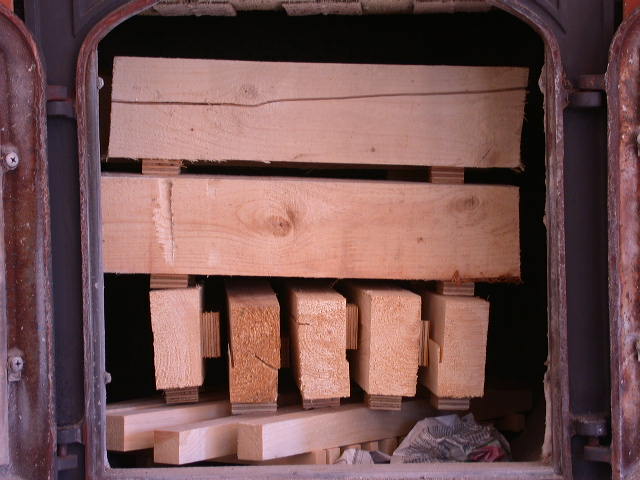 |
Methodology:
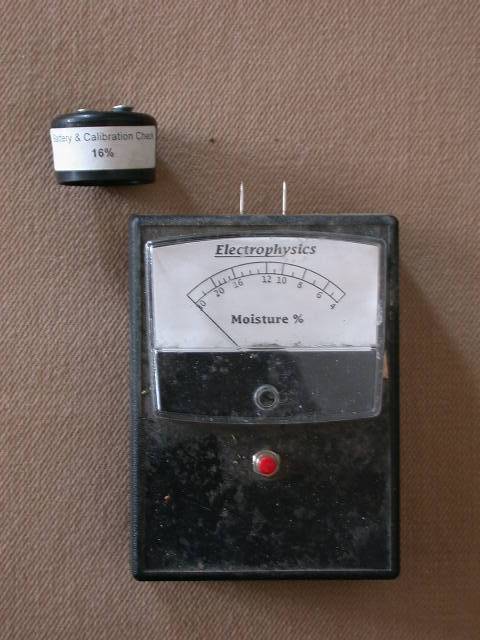
Moisture meter with calibration device.
All wood was taken from the same batch, which has been under cover for
4 years. In order to obtain a moisture value, several sample pieces were
re-split and
the readings taken from a freshly split face.
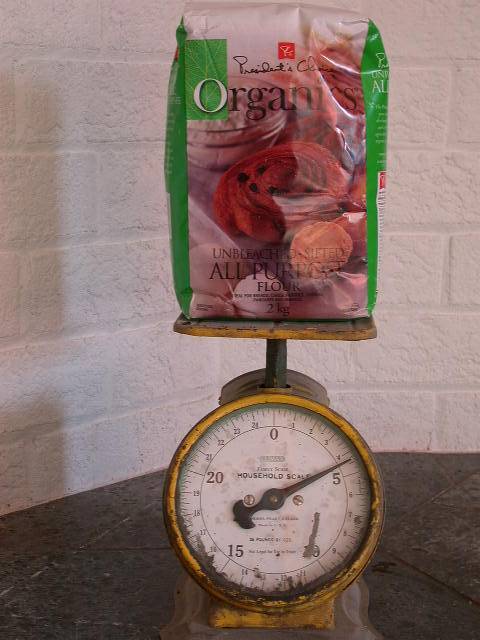
Weight scale calibration. 2 kg bag of flour reads 4.4 lbs.
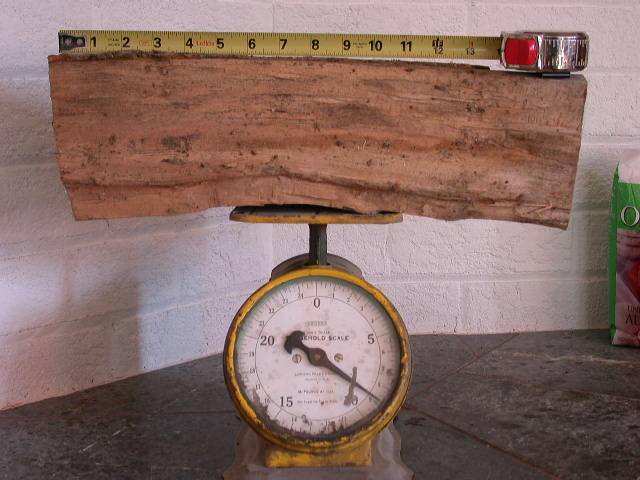
Typical piece of fuel. Weight: 8.75 lbs.
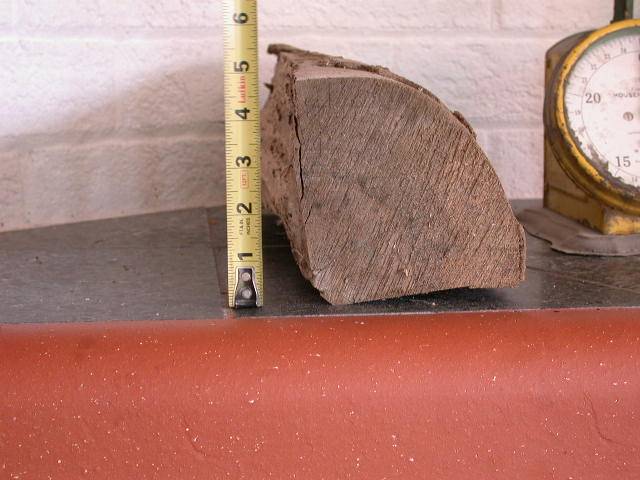
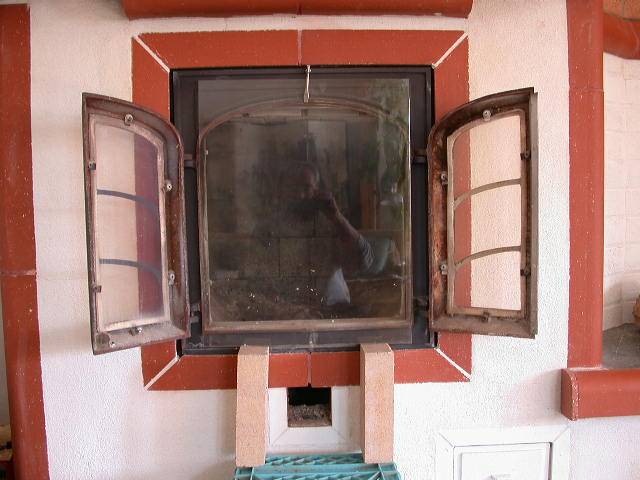
Heater doors were replaced with a piece of ceramic glass to allow photographing
an unobstructed view.
In the photo sequence for the standard load, some soot is visible near
the top of the glass in the 10 -30 minute range,
at which point it burns off. This could be avoided by adding a small gap
between the top of the glass and the door
frame to create an air wash.
Photographs were taken with a Nikon Coolpix 995 digital camera set on
a tripod, with a fixed exposure
of 1/60 sec at f-4.6, with an ASA equivalent of 200.
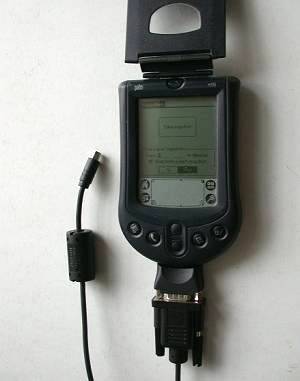
The camera was operated with an M-105 Palm Pilot running the freeware
program "Palmshot".
It turns the Palm Pilot into a time-lapse controller for the camera through
a serial cable connection.
Fuel Crib Calculation:
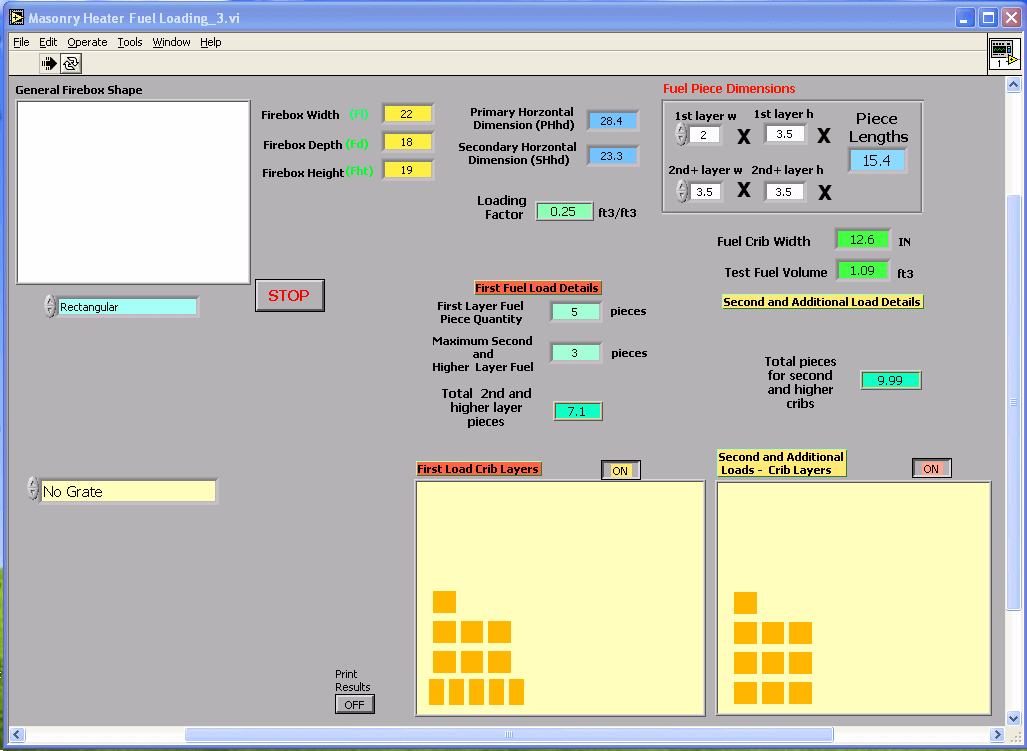
Note: the above is a screenshot of a fuel crib calculator developed by OMNI-Test
and presented at the Feb. 26/05 ASTM masonry heater task group meeting in
Atlanta.
It supercedes the manual calculation used for the first fuel crib test.
Comments and Conclusions:
This was the first attempt to run the draft protocol.
The fuel crib burned faster than the normal load. This can be partly
attributed to the drier fuel. Therefore, a
repeat test is required in order to eliminate this variable.
Using 4x4 rather than the specified 3.5 x 3.5 fuel did not allow the
full fuel crib to be stacked.
Some kindling stacking issues were highlighted, and should be addressed
by the subcommittee.
Preliminary visual testing such as this should be done on several other
heater models.
See also: Alaska Research Heater
|

